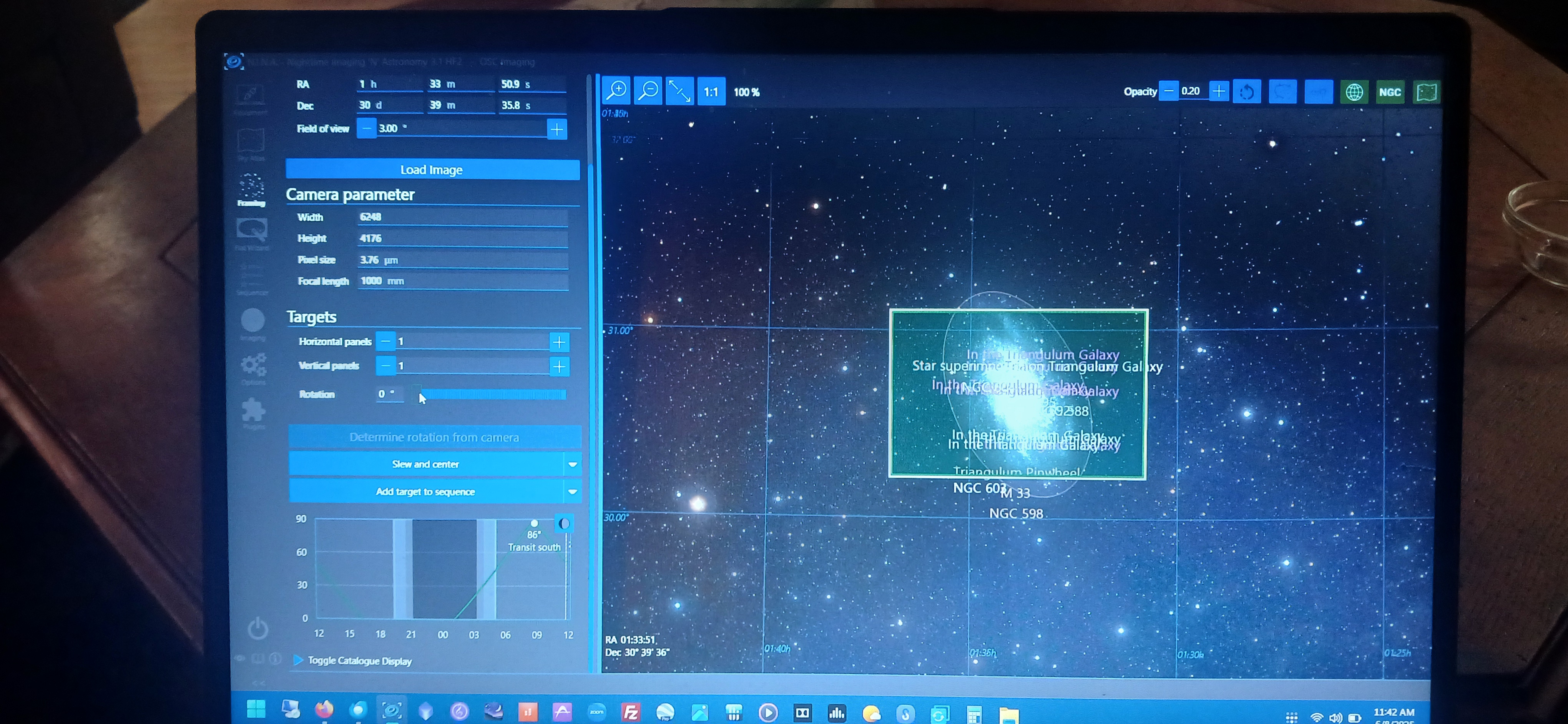Sorry that this is not specifically about the NightCrawler but more about rotators in general and conventions.
I am currently in the process of configuring an old TMB 80 to use an also old Falcon Rotator. It is important to understand ASCOM definitions about position angle. 0 is north and 90 is a CCW rotation of camera as viewed from the back looking at the sky. Continue with CCW rotations past 180, 270 etc. Now the KEY part! With rotation set as above and a one time plate solve to find 0 reference the rotator mechanical angle to also be 0 but this is true ONLY with scope pointing to the east, pierside = west!! So do the reference setup pointing east. To keep everything simple if using OAG rotate to 0 and calibrate PHD2 also with pierside = west (pointing to star east of meridian).
With referencing done by the book this way reverse direction is OFF in the Pegasus firmware, NINA, and also in PHD2 advanced with PHD2 connected to rotator.
I am sure most already realize that once properly referenced the situation pointing east where mechanical angle = position angle the position angle pointing west will be 180 different from same mechanical position pointing east.
The Pegasus has semi-clever firmware to change direction of rotation in two segments to suppress cable wrap. A key thing I found to avoid surprises is to actually do the mechanical angle reference in the pegasus driver at an angle at or near 0. If you define reference at some place else remove cables from all rotating parts and move rotator to 0. Then move to various angles and decide how to position the moving cables.
NINA and TargetScheduler do a fine job but there remains the annoyance that even if using a cardinal angle of 0 or 90 it insists on a 180 rotation at meridian flip. Maybe the “0/90” limit on rotation range will prevent that but is it a pity the documentation is so lacking.
Sorry for the long-winded post here but a final word relating to a rotator is that a 2” slide-in nose piece may not be precise enough so that optical center is true. Use threaded connections for the entire optical train if possible.
Ron
